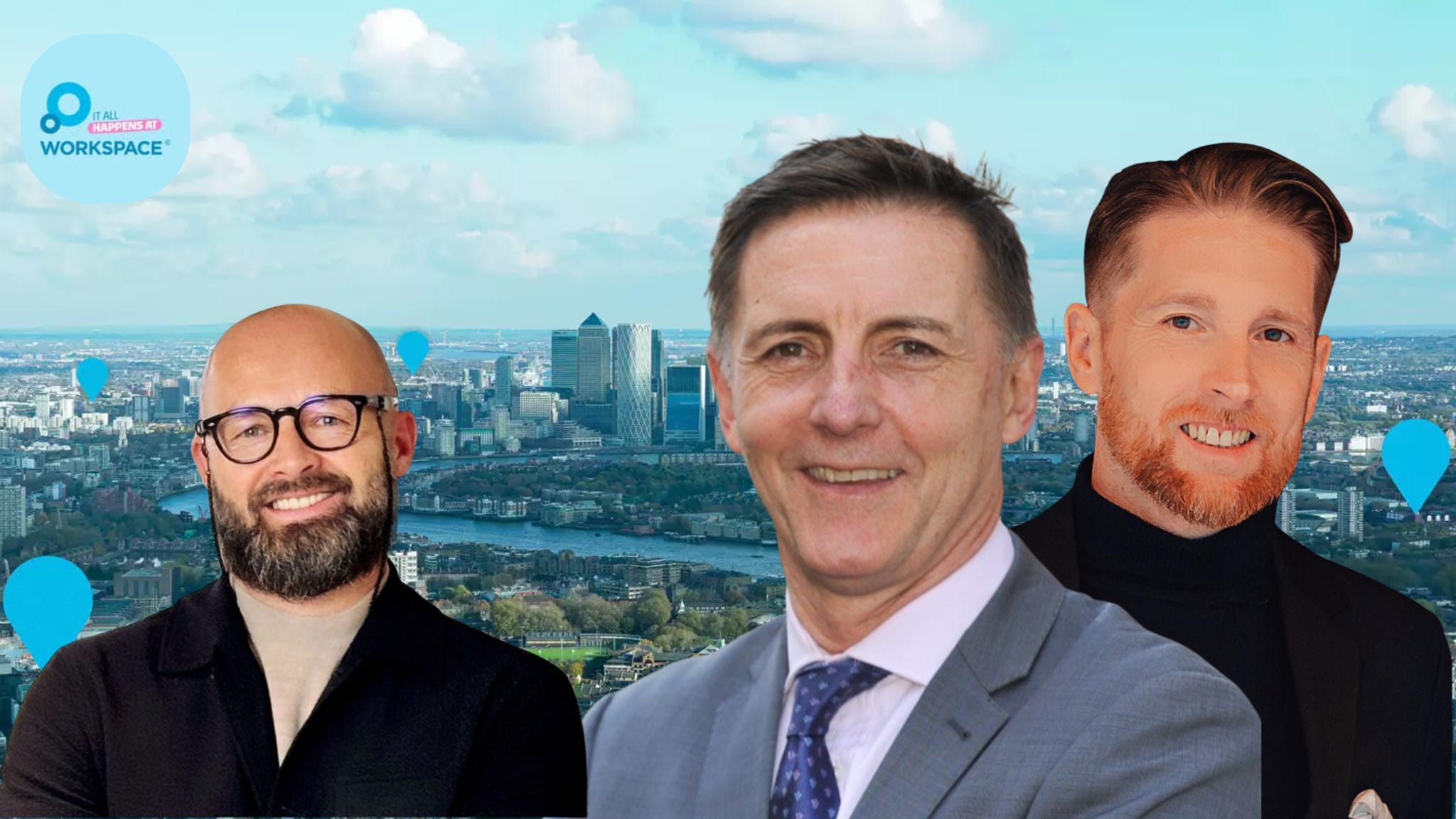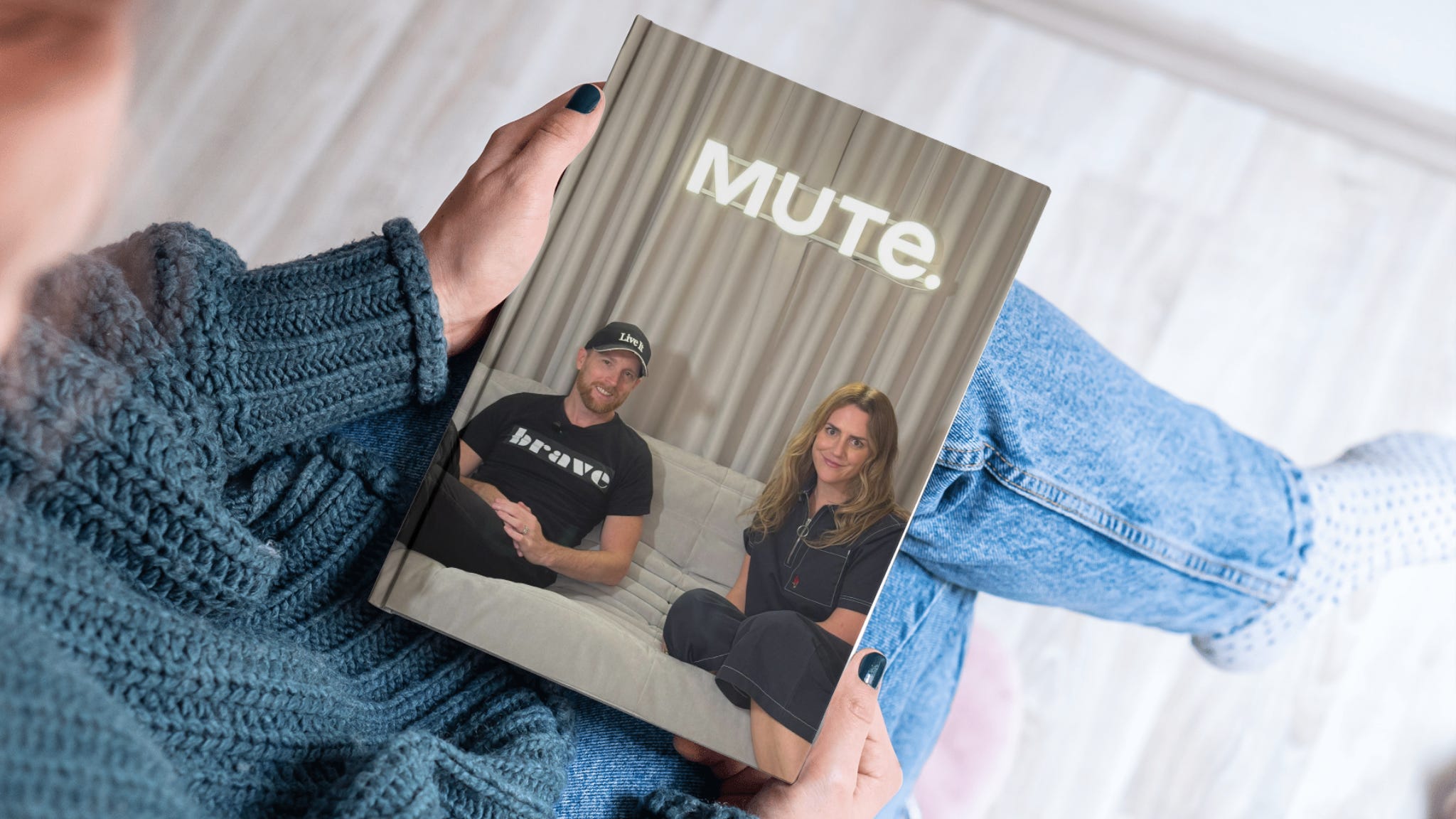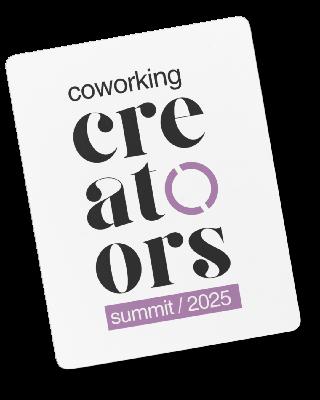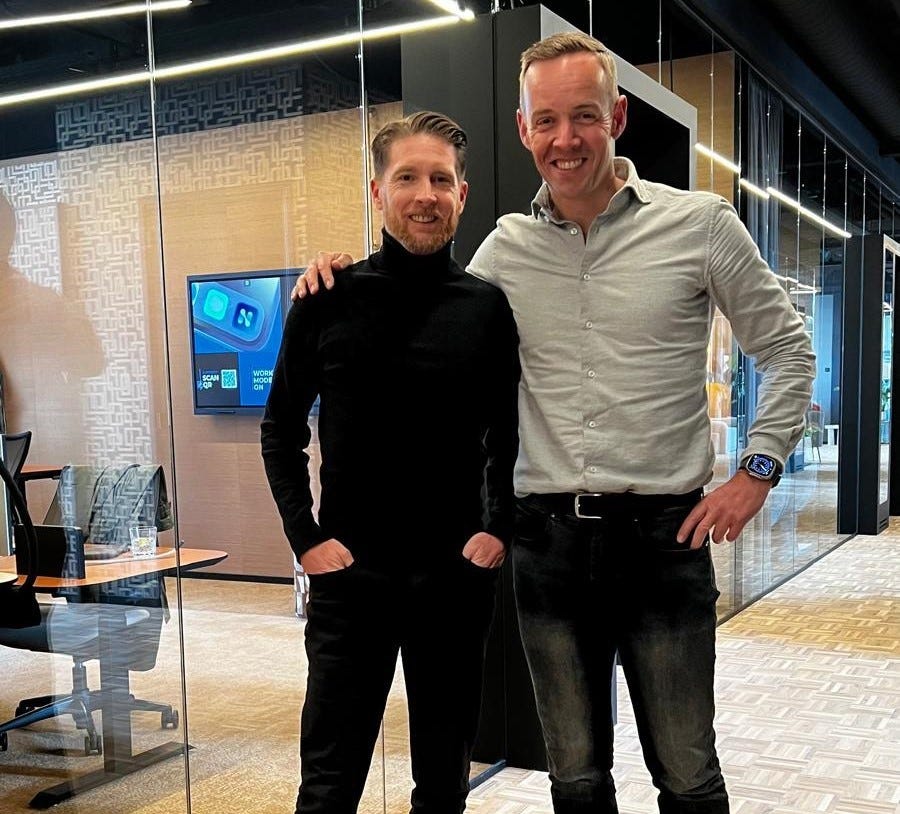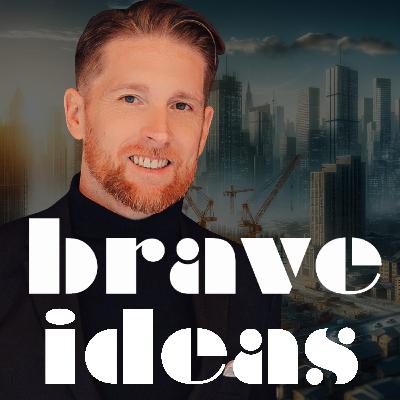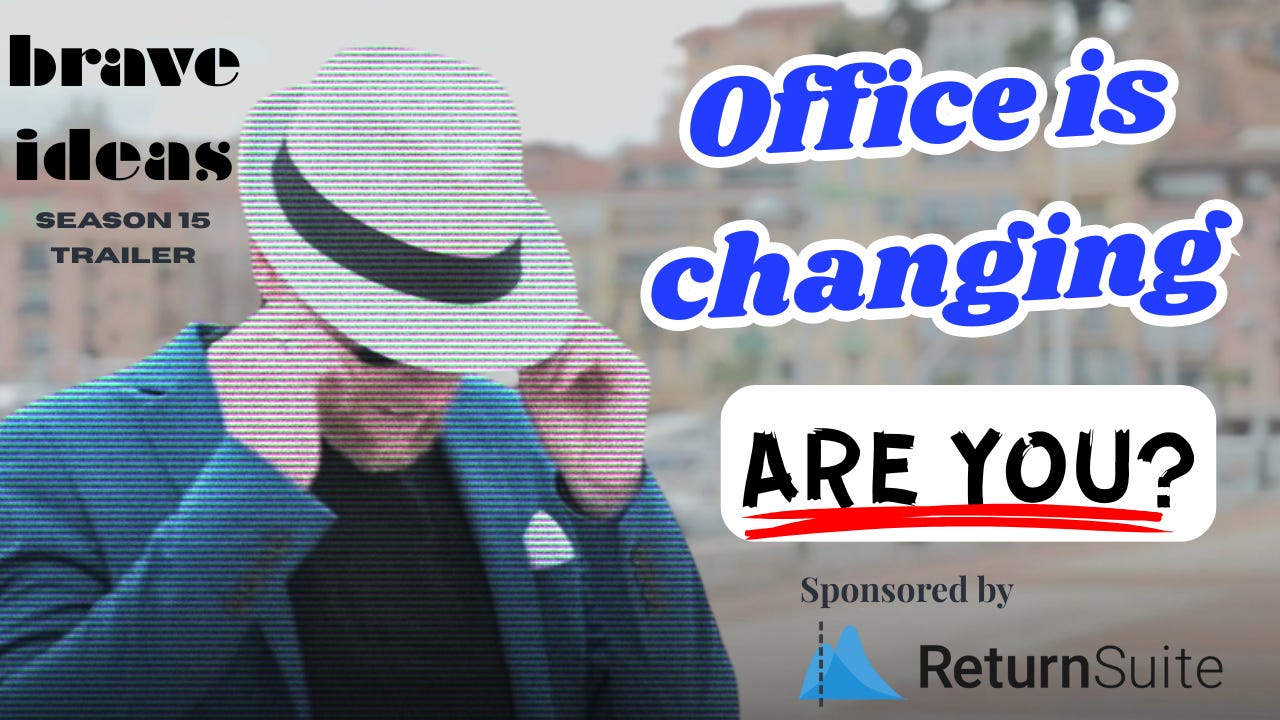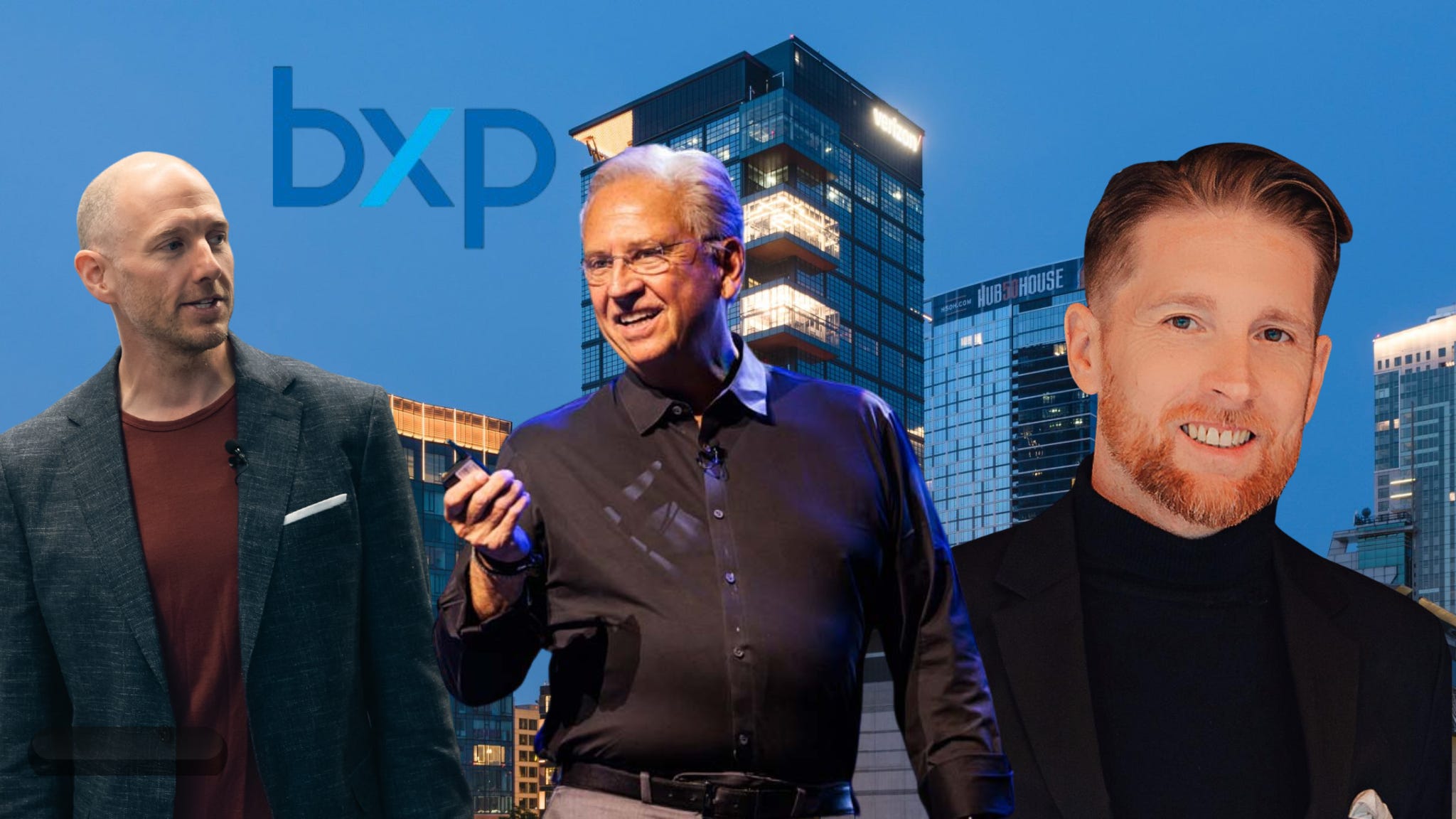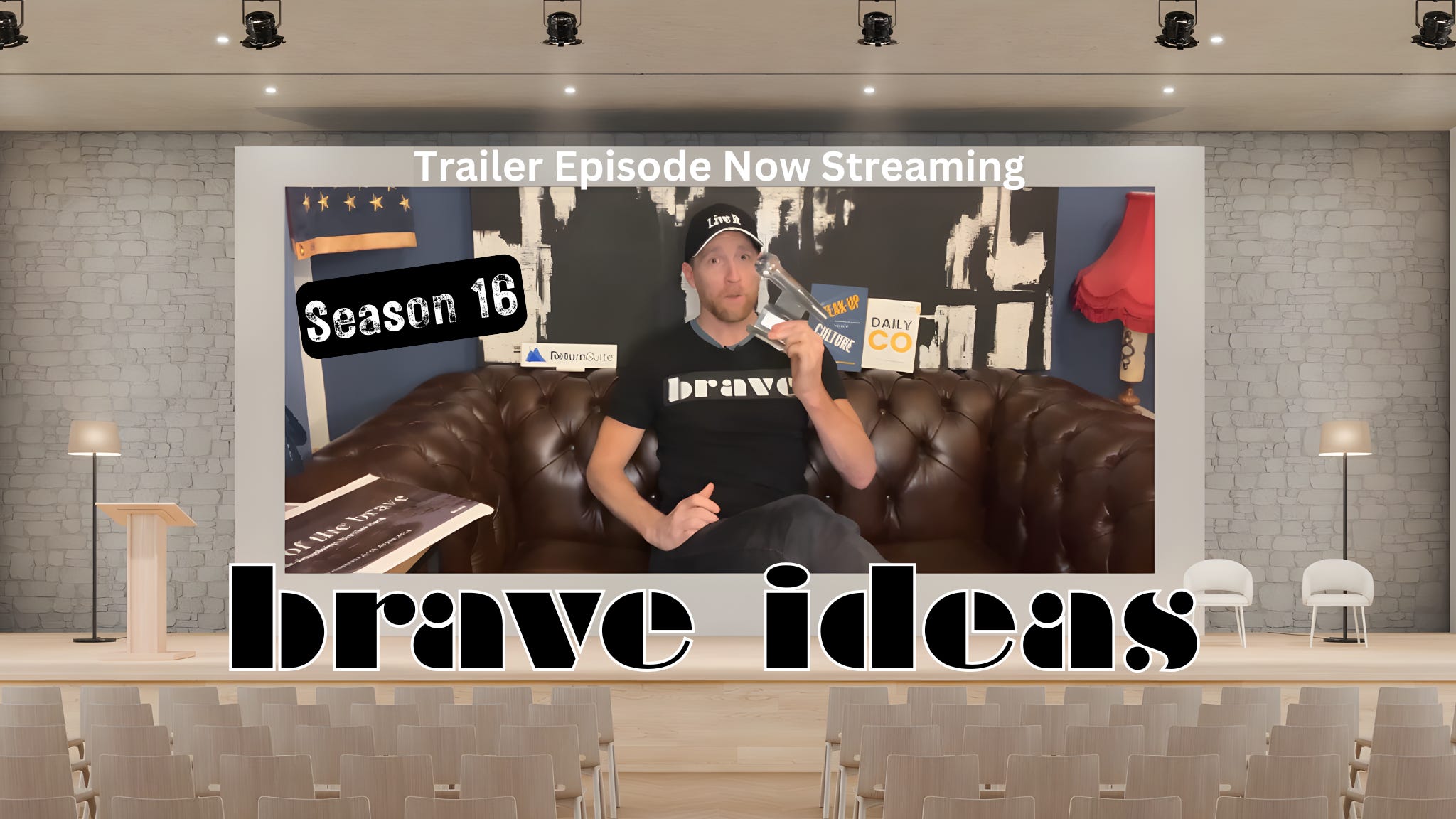Is the Future of Office More Than Hotelification?
Description
Brave Ideas Season 16, Episode 5
Brought you by MUTE
Explore how Mute is leading the adaptable office architecture evolution, offering modular solutions to futureproof office investments while significantly reducing construction costs and CO₂ emissions. Tap here
Visit www.BraveIdeas.media to watch an exclusive “Behind the Scenes” content.
Don’t Oversimplify the Evolution of Office
In this episode, Brave Corp CEO, Caleb Parker, sits down with Niki Fuchs, Group CEO for Office Space in Town inside the MUTE Showroom in Clerkenwell London to discuss what Niki has been up to in the hospitality industry (she bought a hotel) and diver into the similarities and differences between hotels and hospitality-led workplaces.
The conversation covers five overarching themes:
* Culture turnarounds and presence-led leadership
* How offices differ from hotels
* Whole-building service models
* PropCo-OpCo Structures that align risk and cash flow
* Brand, design, and differentiation that reduce churn
CONNECT
* Workspace Intelligence Network
* MUTE
Visit www.BraveIdeas.media to watch an exclusive “Behind the Scenes” content.
What You’ll Learn in This Episode
* How “presence” is operationalised, recurring one-to-ones, visibility windows, and why predictability builds trust
* The practical test for cultural fit, why “feeling watched” signals misalignment and how to act decisively
* Why office relationships behave like returning-guest dynamics, rising expectations and service memory over time
* How OSIT’s general managers run the full business in-building, sales, service, commercials, and risk handling
* Why front of house must sit under the operator to unlock building-wide service and faster issue resolution
* What OSIT uncovered by bringing FM and cleaning in-house, control, cost, and risk gaps you can close
* How profit-sharing leases flow from opcos to propcos, and why that matters for cash distribution and control
* Ways to structure for landlord comfort, separating services where needed without losing operational coherence
* Where an interim “middle investor” can bridge CapEx to stabilisation, and when that capital makes sense
* Why valuation and exit remain the sticking points for flex-heavy assets, and the signals investors still look for
* How differentiated theming and brand cues create emotional stickiness, and why “nice but same” invites churn
Key Takeaways for Operators
* A playbook for presence, consistency, transparency, and calibrated vulnerability that rebuilds trust fast
* How to run long-horizon relationships, hospitality skills plus on-site commercial understanding
* Why GM P&L ownership, unified sales and service, and control of front of house, FM, and cleaning protect NOI
* How to choose structure for your deal, management agreement vs lease, profit-share mechanics, CapEx staging
* How brand-led hospitality and distinctive design reduce churn and increase lifetime value
Key Takeaways for Real Estate Investors and Landlords
* Why hotelification is a shortcut term, and why offices need relationship engines and operating platforms
* How whole-building service increases resilience, align incentives to wrap service around every occupant
* How to match structure to risk appetite, lease, management, or hybrid with clear profit participation
* How interim capital can de-risk ramp-up, conservative underwriting protects board outcomes
* What to update in valuation lenses, pricing operational income, retention, and brand stickiness, not just initial yield
Behind The Scenes
Visit www.BraveIdeas.media to watch an exclusive “Behind the Scenes” content.
💡 This episode is part of Brave Ideas Season 16, diving into the 6 Pillars of Space as a Service, spotlighting operator playbooks and practical moves that lift demand, protect margins, and build workplaces people choose.
This is a public episode. If you'd like to discuss this with other subscribers or get access to bonus episodes, visit www.braveideas.media/subscribe



